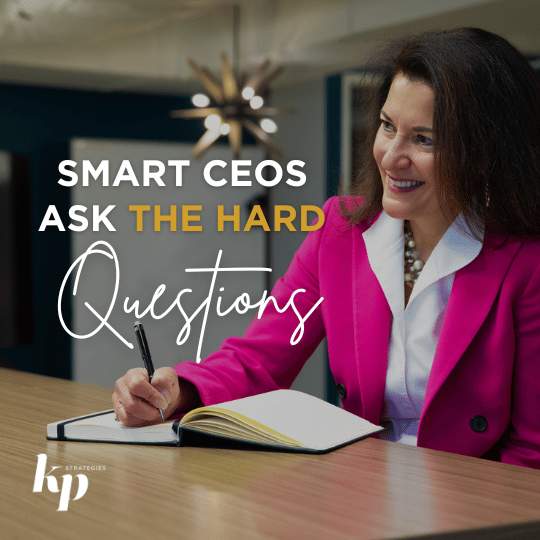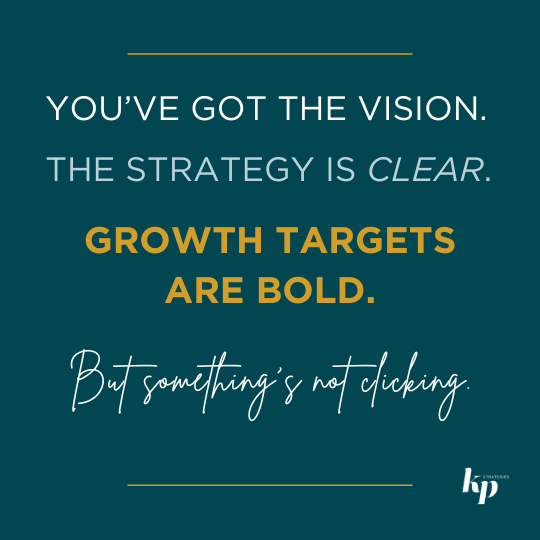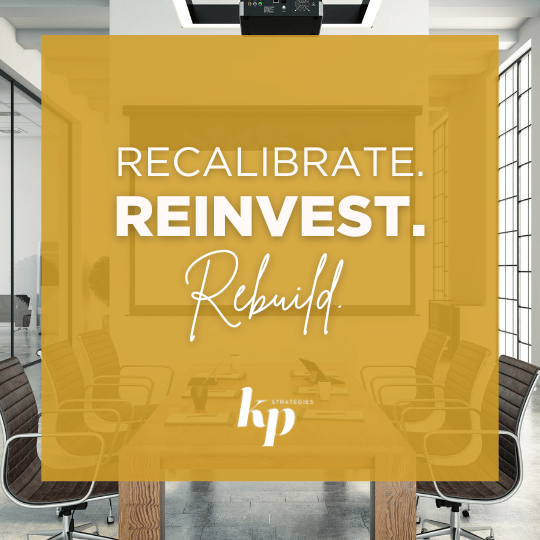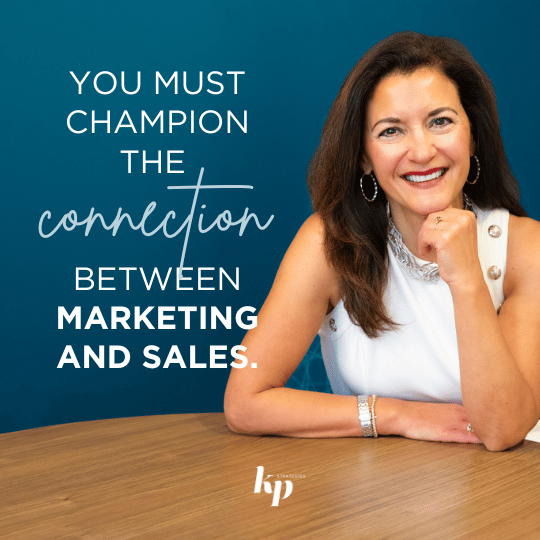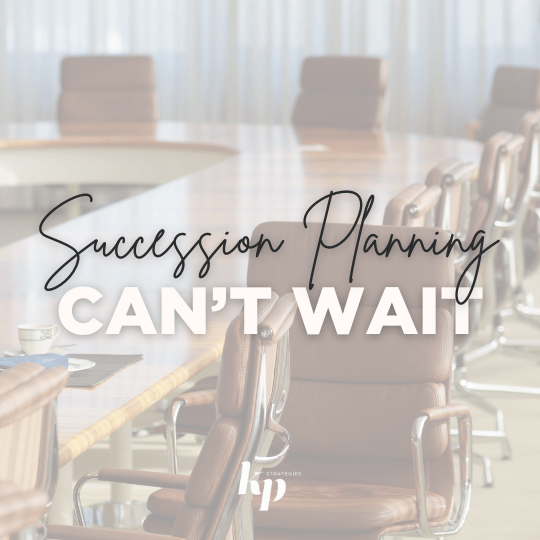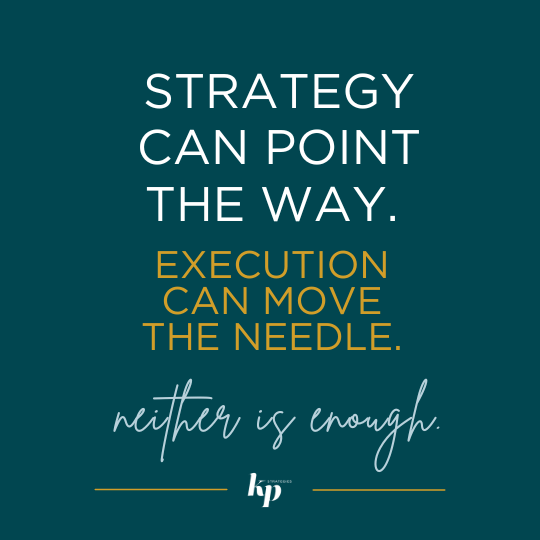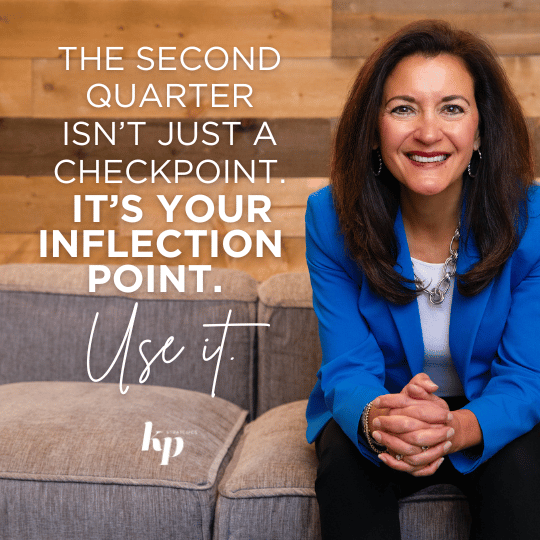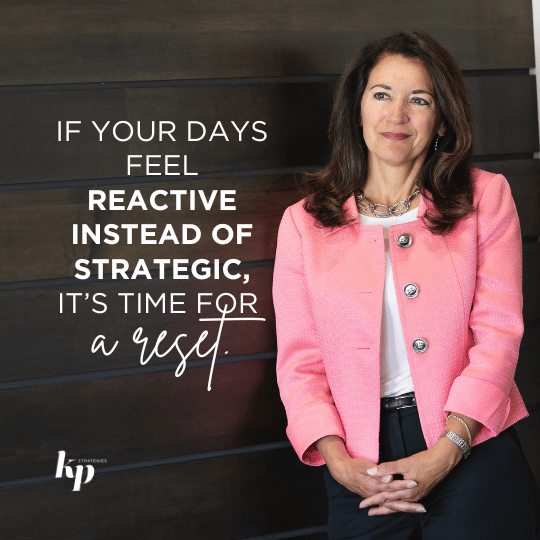

The Corner Office

The Desk Is a Terrible Place to View the World: Reclaiming the CEO’s Most Powerful Advantage – Perspective
Somewhere between back-to-back meetings, board prep, and inbox overload, the view narrows. You start making decisions based on reports, secondhand updates, and dashboards. Strategy becomes a spreadsheet. Culture becomes a survey result. Customers become personas. But here’s the truth no one says out loud:The desk is a terrible place to view the world. As CEO,

The Silent Killer of Strategy: What’s Really Holding Your Leadership Team Back
In a recent closed-door roundtable with a group of high-performing C-suite executives, I asked a simple but telling question: “What’s your biggest challenge with your senior leadership team?” What followed wasn’t surprising—but it was sobering. Beneath the surface of well-crafted strategies, strong balance sheets, and ambitious growth goals, a pattern emerged: breakdowns in accountability and

Is Your Marketing Team Fueling Growth—or Just Keeping Up Appearances?
Your brand is out there. The campaigns are running. Your logo shows up in all the right places. But here’s the question that too few CEOs ask: Is our marketing actually driving growth—or just activity? In today’s competitive, digital-first world, marketing is more than a creative function. It’s a strategic engine of growth, brand equity,

The Growth Ceiling You Didn’t See Coming: Is Your Operation Holding You Back?
You’ve got the vision. The strategy is clear. Growth targets are bold. But something’s not clicking. Despite the momentum, deadlines slip. Teams are stretched. Customers wait longer. Leaders are busy managing chaos instead of scaling the business. If this sounds familiar, it’s time to ask a tough question: Is your operation built to support the

The Hidden Engine of Growth: Why Smart CEOs Are Reassessing HR Now
It happens quietly. Your company is growing, deals are closing, strategy is humming—and then, friction starts to appear. You can’t fill key roles fast enough. Leaders are burning out. Culture feels fragile. Engagement dips. Performance conversations stall. Suddenly, it’s clear: your people engine is misfiring. In a world where talent is the ultimate competitive advantage,

The Silent Growth Killer: When Sales and Marketing Don’t Talk
It’s a tale as old as time: marketing blames sales for not following up on leads, and sales blames marketing for delivering the wrong ones. Meanwhile, the business suffers—leads go cold, opportunities slip, and customer trust erodes. But here’s the truth that every CEO must confront: when sales and marketing are misaligned, growth slows, brand

The CEO’s Blind Spot: Why Succession Planning Can’t Wait
You’ve built something remarkable. But what happens when you—or your top leaders—aren’t in the chair tomorrow? For many CEOs, succession planning feels like tomorrow’s problem. It’s uncomfortable. It’s complex. It’s easy to deprioritize when you’re in growth mode or battling today’s fires. But here’s the hard truth: if you haven’t planned for continuity, you’ve planned

Unlocking Competitive Advantage: Why Culture is Your Greatest Untapped Asset
Strategy can point the way. Execution can move the needle.But in today’s hyper-competitive world, neither is enough. If you’re not intentionally shaping culture, you’re leaving performance—and potential—on the table. According to Bain & Company, 70% of business leaders cite culture as their greatest source of competitive advantage. Why? Because culture is what makes strategy real.

The CEO’s Q2 Moment: Step Back to Leap Forward
The second quarter is flying by—and if you’re like most CEOs, your calendar is packed, your team is pushing hard, and your attention is split between urgent demands and long-term growth. But here’s the truth: Q2 is your moment.The moment to pause. To assess. To lead with intention. Great CEOs don’t just run the business—they

CEO Efficiency: Maximizing Your Impact as a Leader
The CEO glanced at their overflowing calendar, sighing as another day slipped away in back-to-back meetings, urgent emails, and putting out fires. “How did I become so busy… yet feel so ineffective?” The vision they once had for leading strategically—focusing on growth, innovation, and the big picture—had been buried under an avalanche of operational demands.


